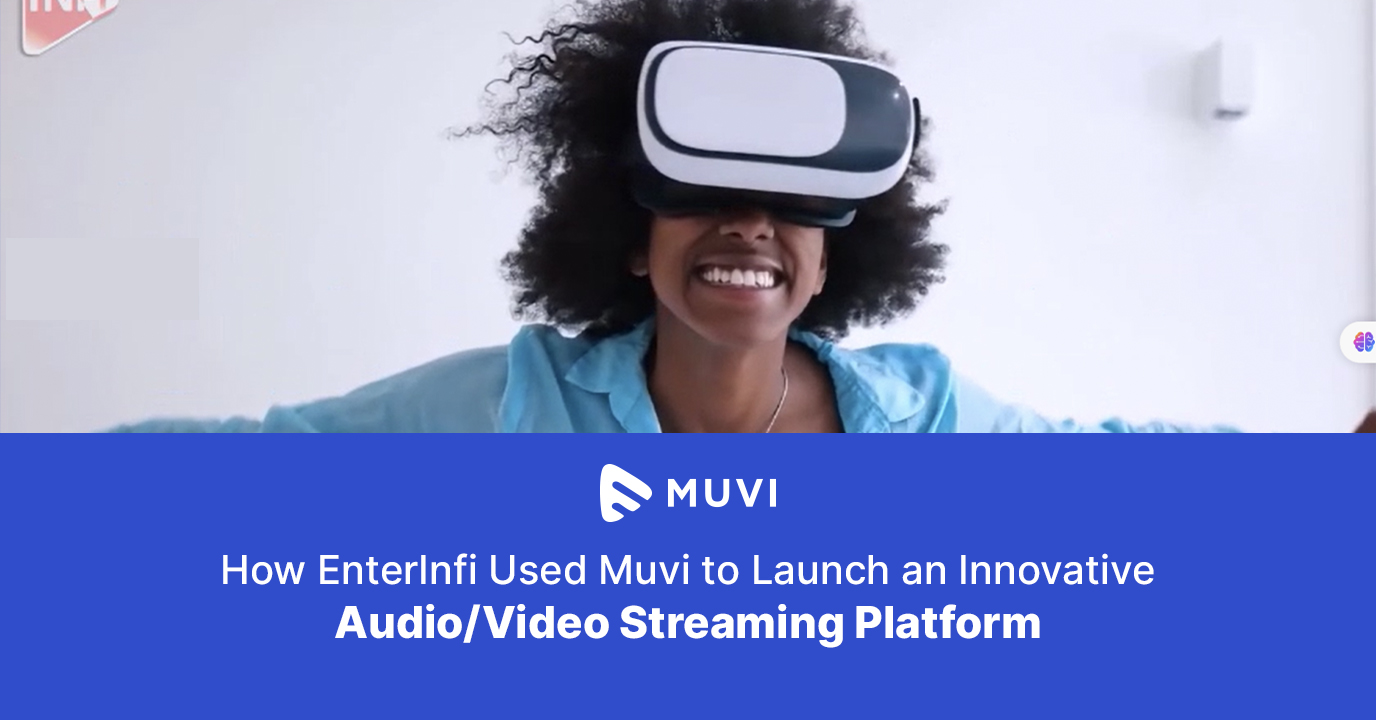Written by: Roshan Dwivedi
There is no doubt that Fox News knocked it out of the park last week in terms of overall TV viewership for the first official Republican debate. Depending on which interpretation you use, Fox News reached anywhere from 24 million to 36 million viewers, plus an additional six million who watched the “kiddies table” debate earlier in the evening.
So, from the TV business point of view, the debate was a win. But from the candidates’ point of view, perhaps not so much. Here’s why.
But even in this Internet-centric world, one thing holds on tight to its TV roots: the debates. After all, the debates are mostly broadcast over the major networks, and those networks have, in the main, been loathe to bypass the cable service carriers.
Again, with the viewership numbers Fox News registered, the stream clearly wasn’t a major business problem. But for the candidates — they lost the potential to reach some of their most influential voters — the young and Internet-centric.
According to Asymco, “the ‘uncabled’ or ‘never-cabled’ are a significant portion of the population. 13.5% of broadband households with an adult under 35 have no pay-TV subscriptions. 8.6 million US households have broadband Internet but no pay-TV subscription. That’s 7.3% of households, up from 4.2% in 2010. Another 5.6 million households ‘are prime to be among the next wave of cord-cutters,’ according to Experian.”
When you start talking about 7-12 percent of households, you’re looking at a big enough block to swing a vote.
And it’s not like cord-cutters don’t watch TV or consume entertainment. Steven J. Vaughan-Nichols reports that “69 percent of the Internet’s bandwidth goes to entertainment videos at peak hours.”
Now here’s where it starts to get brutal for the candidates. According to ComScore, younger folks (like the next 50 years worth of voters) are less likely to watch TV on an actual TV than those 35 and above. 24 percent of millennials don’t subscribe to pay TV, period.
That’s a quarter of the soon-to-be most influential voting block for the foreseeable future. Do you see how this could be bad for the candidates?
AS FOR THE REPUBLICANS, IT GETS WORSE
A Pew Research study last year showed that 18-30 year-olds skew Democratic by about ten percentage points. If these younger voters (remember a quarter of them don’t get traditional TV) don’t have access to debates, they’re unlikely to move the needle for the GOP. And since most voters tend to stay with the party they first voted with, this could be very damning for the future of the GOP.
Gallup showed similar numbers, with one additional and very important detail: many younger voters refuse to affiliate with any party. Yep, the independents, the key block that any candidate needs to win, is also the key block that will be hardest to reach.
ADD IT UP
So let’s add it up, shall we? About a quarter of young voters don’t get network TV through cable or over-the-air. If they watch, it’s through OTT TV platforms. 7-12 percent of households across the United States don’t get cable TV. Younger voters skew strongly Democrat or independent, by about 10 percent.
Read the entire story here.














Add your comment